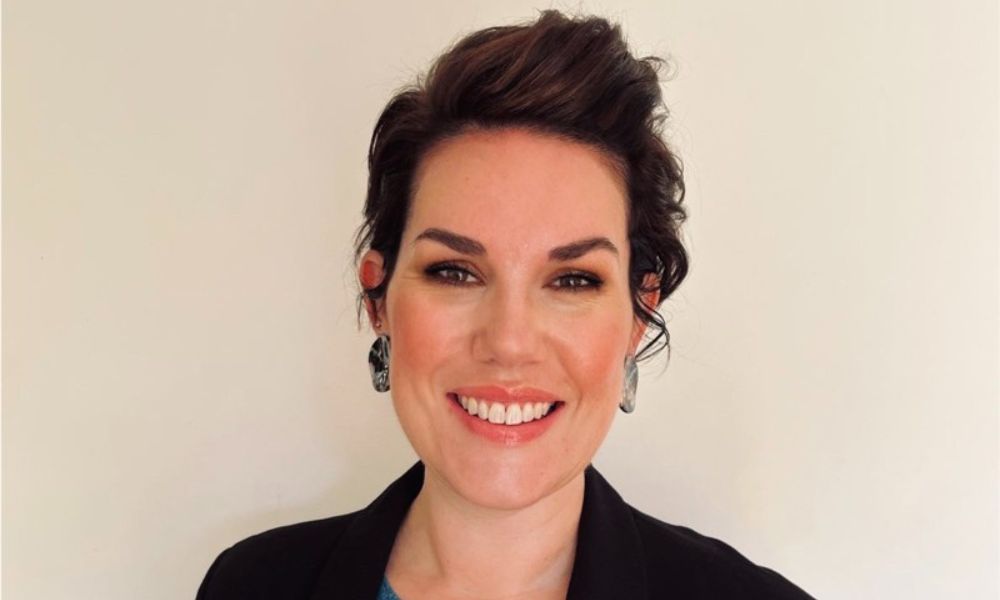How did Gallagher Bassett recruit more than 200 people?

How did Gallagher Bassett recruit more than 200 people? | Insurance Business Australia
Insurance News
How did Gallagher Bassett recruit more than 200 people?
Is “talent acquisition partnering” the key?
Insurance News
By
Daniel Wood
Gallagher Bassett (GB), the third-party claims administrator (TPA), recently announced that it successfully recruited more than 200 professionals for its work with iCare, the NSW insurance corporation that provides workplace injury insurance. How do you do that during a talent crunch?
One major difference between GB and many insurance companies is that the firm has its own in-house recruitment team.
“I would say the vast majority of our recruitment is done internally,” said Ria Leason, GB’s chief people and culture officer.
GB has an in-house recruitment team
“Georgie [Fisher, recruitment team head] has an absolute powerhouse of a talent acquisition team that she’s pulled together over the last 12 months of senior talent acquisition partners and they really are going out to understand the needs of the business and then going out to find those colleagues,” Leason said.
She said GB has moved away from “a pure transactional recruitment model” and now has a “talent acquisition partnering approach.”
Leason agreed that this recruitment method is not the insurance industry norm where many firms rely on external recruiters.
“That’s correct, I worked for a large insurer for a long time and we would ring a recruitment agency and say, ‘I need 10 people by next week. Can you get them for me?’,” she said.
Leason suggested their in-house method helps her firm make sure it’s bringing in “the right people” with an attitude and abilities suited to working in a complex, people focused, insurance industry business.
Recruitment referral program
A cornerstone of this in-house method is GB’s referral program. Leason said it’s very common for new recruits to be either related or friends of people who already work at the company. They apply for GB roles, she said, because they like what they know about the culture through their connection.
She estimated that at least one in five GB employees would have recommended people into the organisation as part of the referral program. There is an incentive. Employees financially benefit, she said, from recommending the firm to potential recruits.
A “two-pronged” approach
Leason said GB takes a “two-pronged” approach to finding the right people for the job.
“The first one has been identifying what we call scheme experience,” she said, referring to people with potential talent and relevant industry knowledge and skills in GB’s sector, who may not have direct claims management experience.
“What we’ve done is gone out to market to specifically recruit colleagues who’ve got experience that our clients are looking for,” Leason said.
GB also has a strong “grow our own” philosophy, she said.
“That’s involved us looking out into the market for skills and experience that can complement the existing skills and experience that we’ve got, and then building on this with really strong capability and learning structures.”
She gave an example in the worker’s compensation space.
“You might be looking for people with healthcare experience who also have excellent customer service skills – so you might target physiotherapists or personal trainers, or nurses, who might be looking for a change in pace, might not want to work shifts anymore and want the flexibility of a hybrid working environment,” Leason said.
Supporting new recruits
GB then works with these recruits during their first six to 18 months to build their capabilities,
“So they feel really well supported,” she said. “I think there’s a longevity with bringing colleagues on who have a different skill set and experience.”
Leason said technical experience is “fantastic” but the right cultural fit and service skills – people well suited to helping injured workers – are “critical to success.”
“We see stickiness with that, people stay within our business because of the training and support we provide people,” she said.
Location, location, location
Leason said the firm’s location is also an important consideration in the recruitment process.
“We’ve also been considerate about where we locate ourselves and how we can get talent based on location as well,” she said. “We have a strong CBD presence, across all the major cities in every state, but also considering what that could look like longer term, for example, along the Western corridor in Sydney, for getting different talent pools.”
How do you think the industry can solve the talent crunch and recruit more effectively? Please tell us below
Related Stories
Keep up with the latest news and events
Join our mailing list, it’s free!






